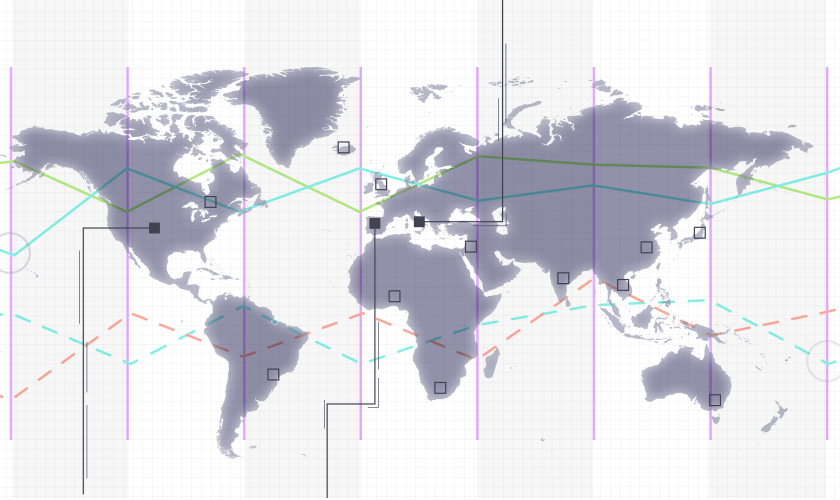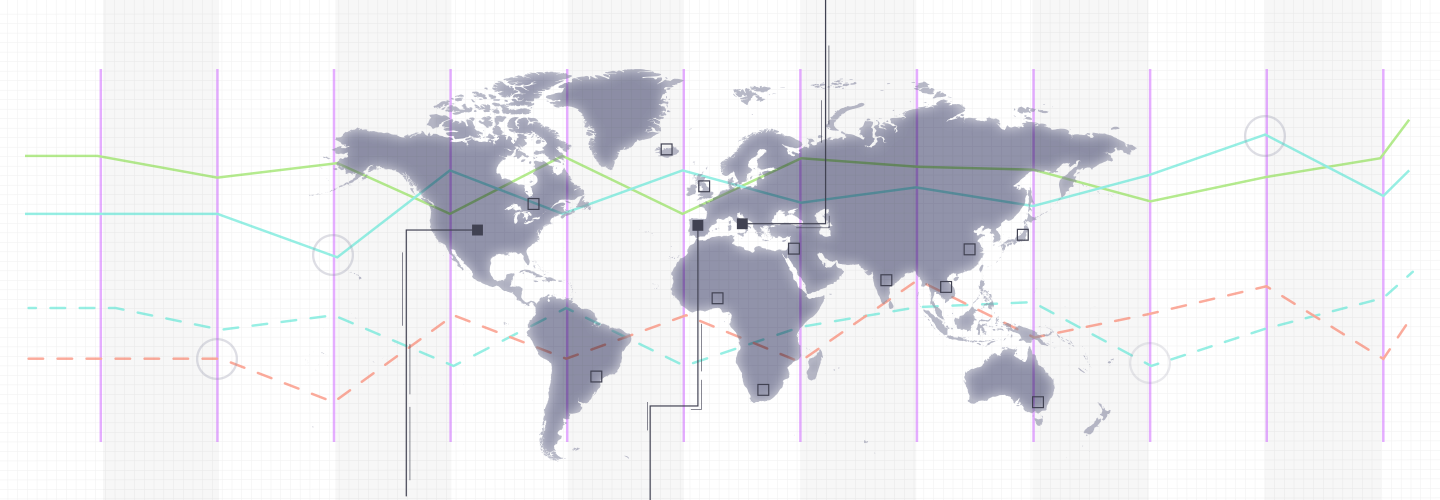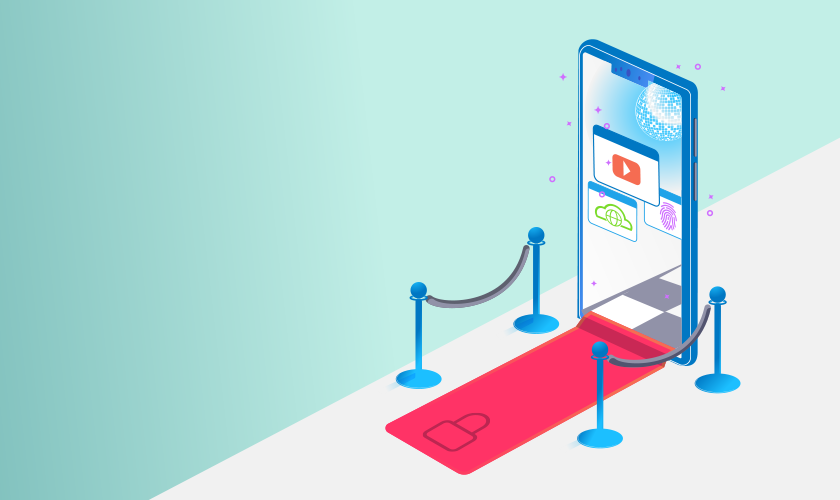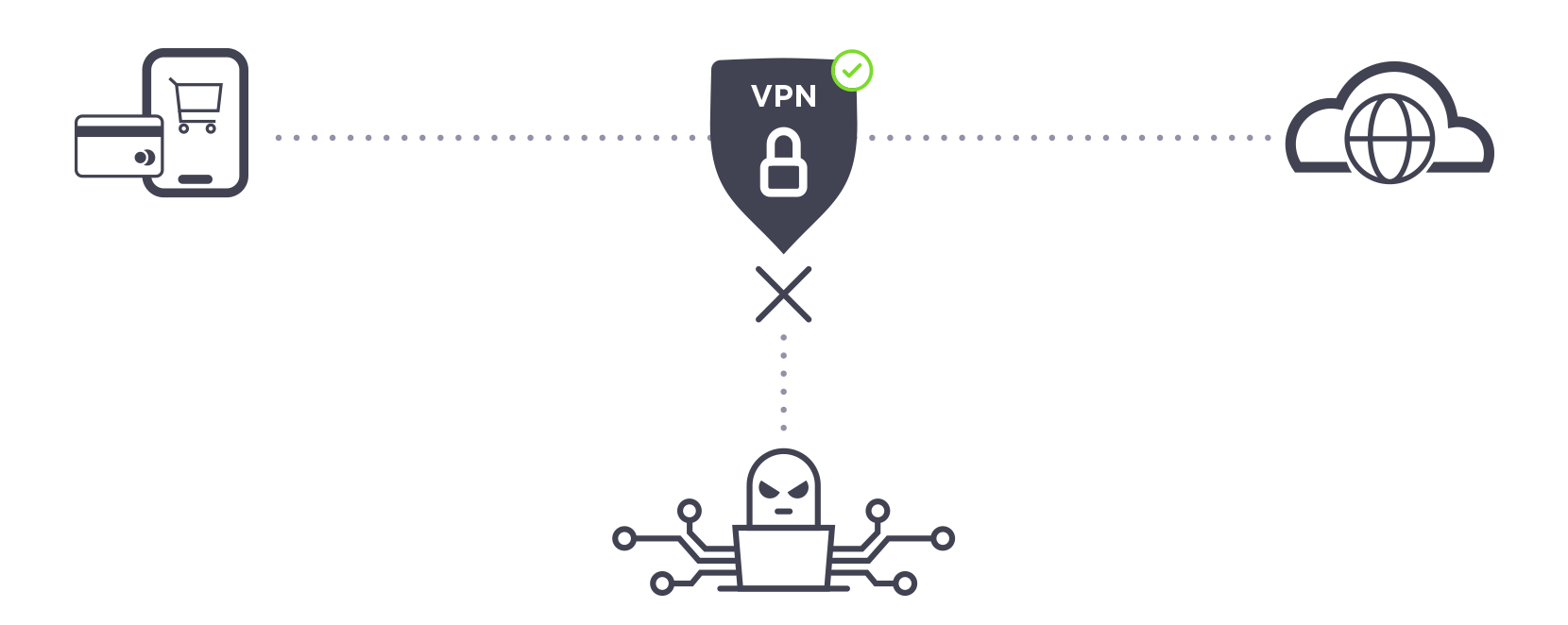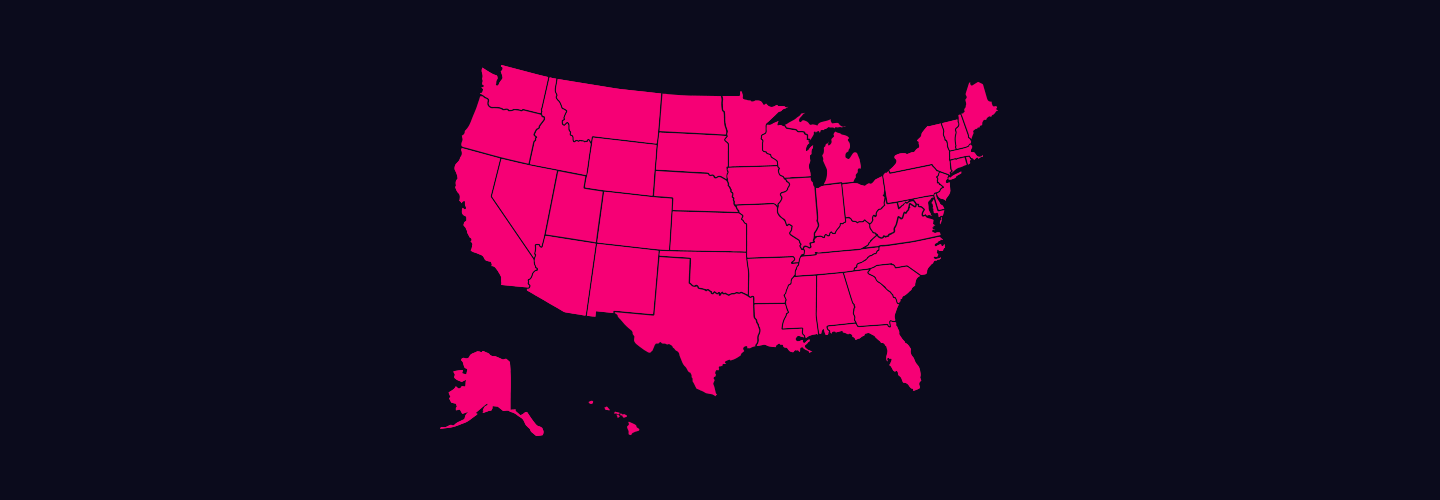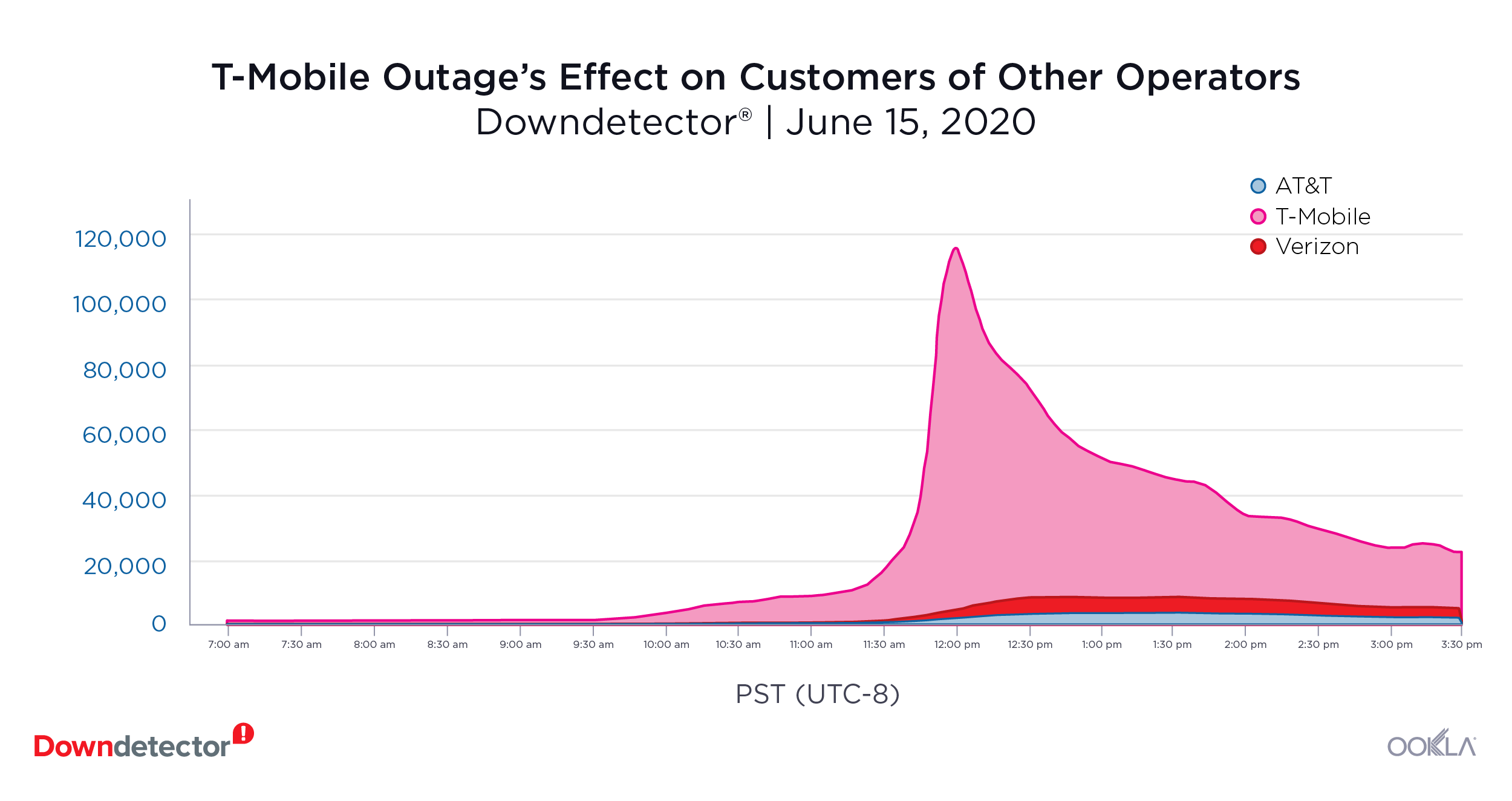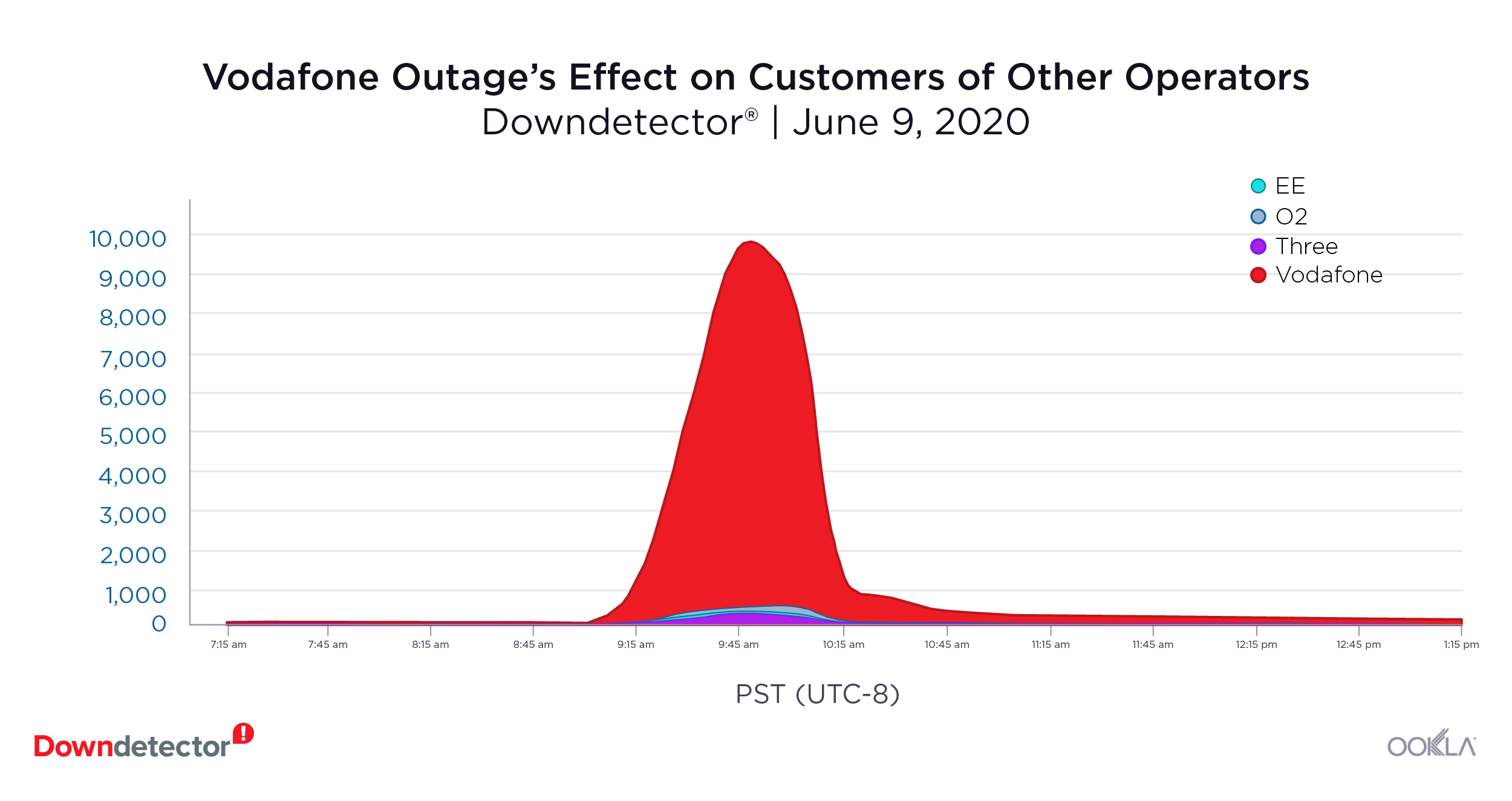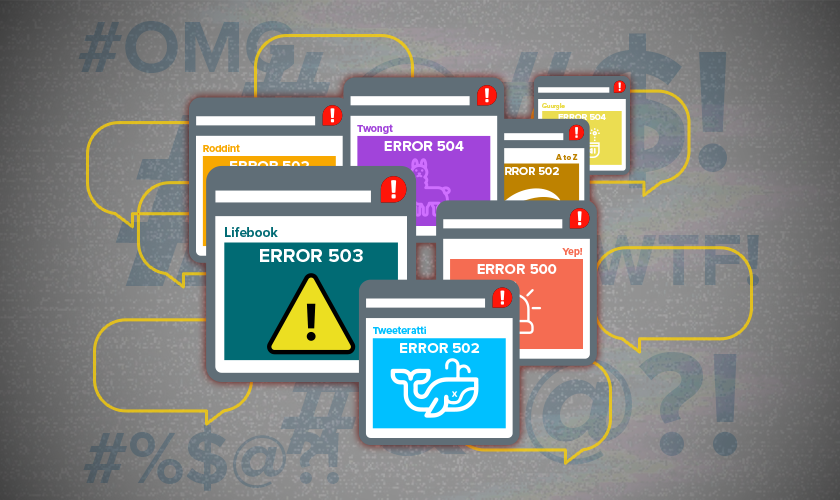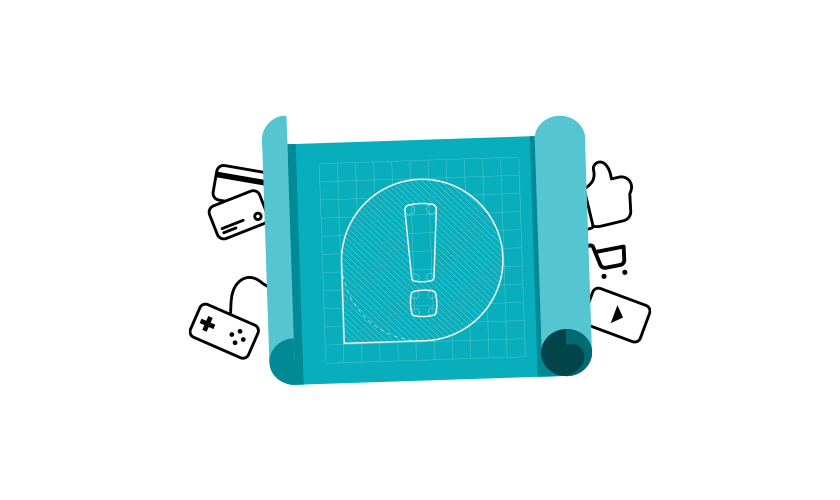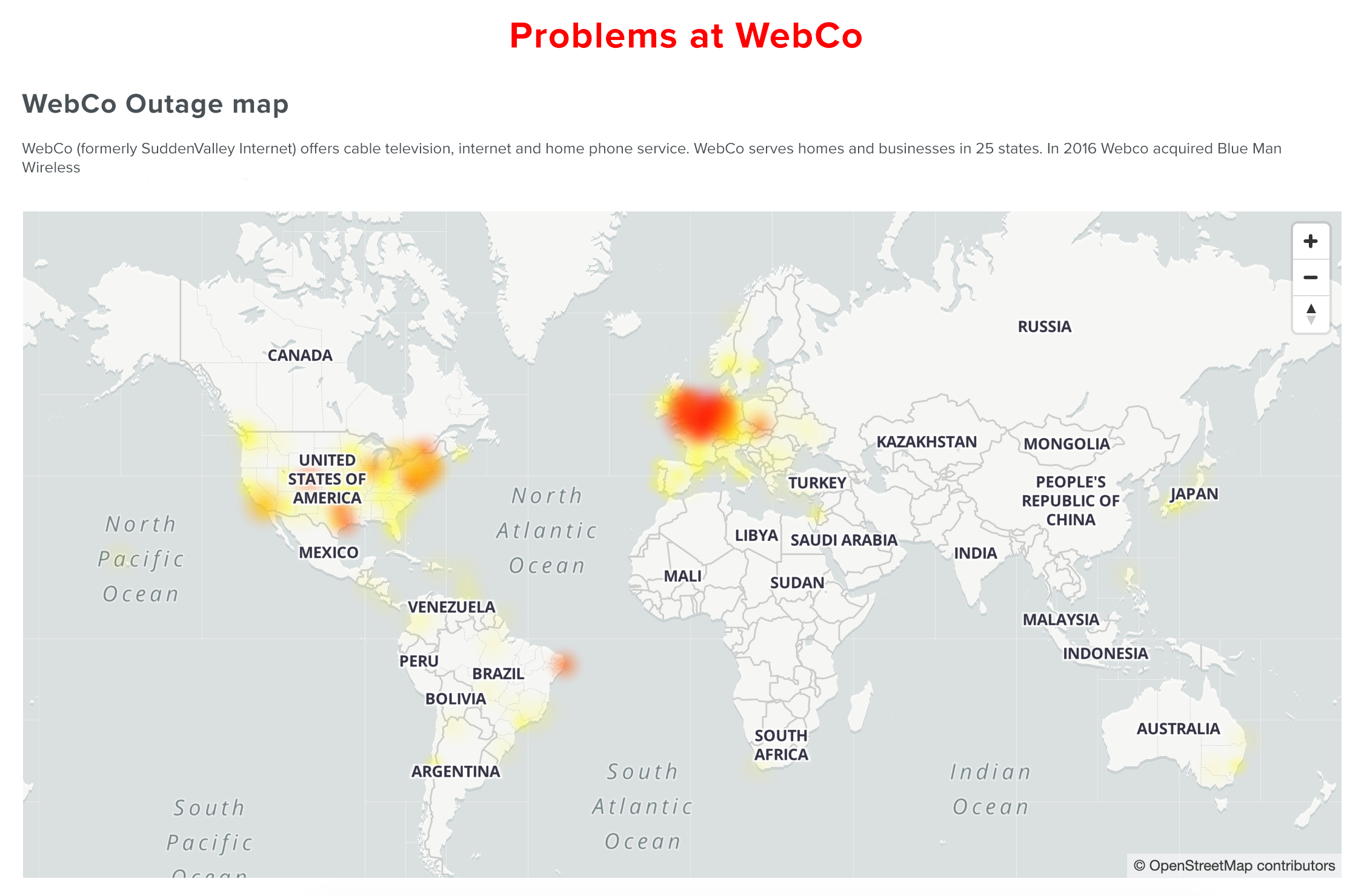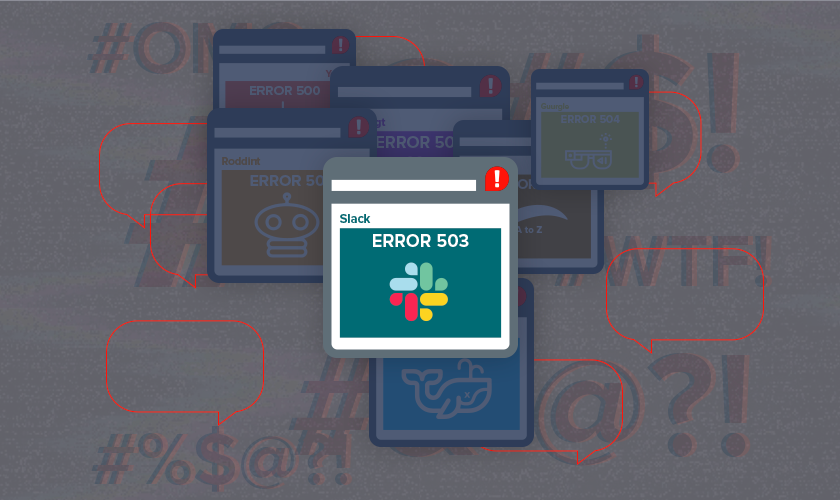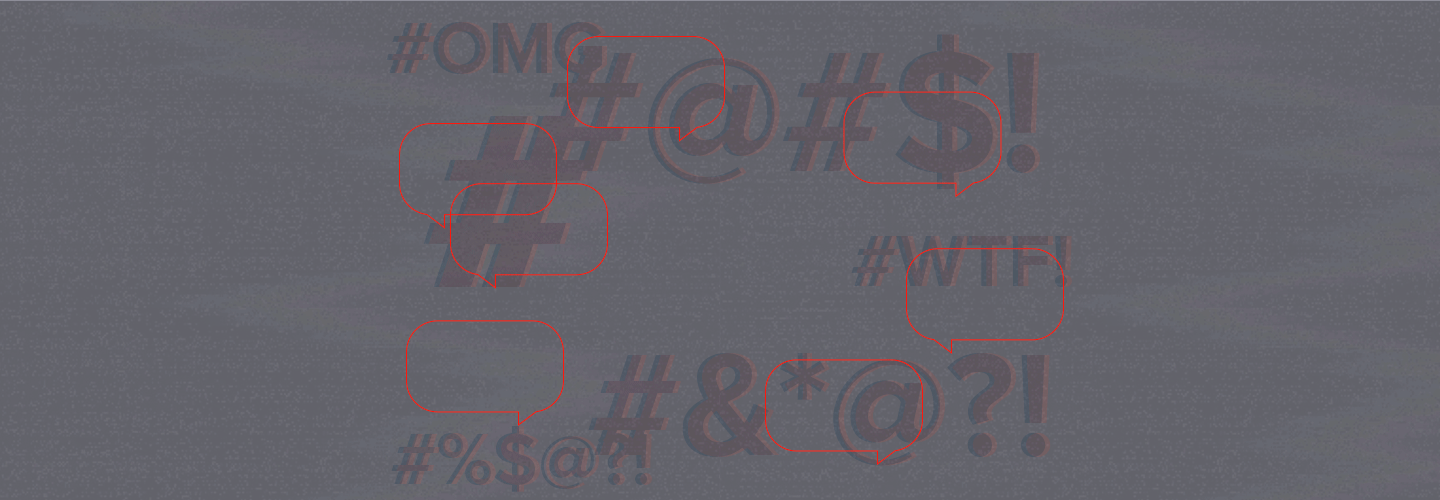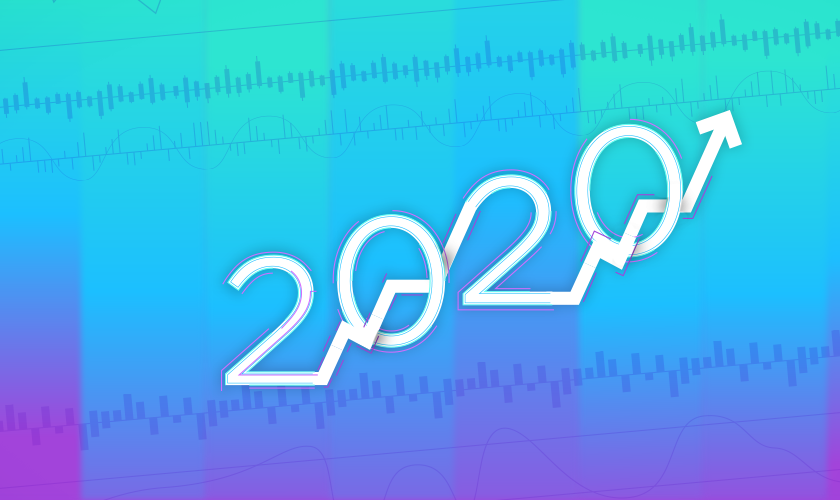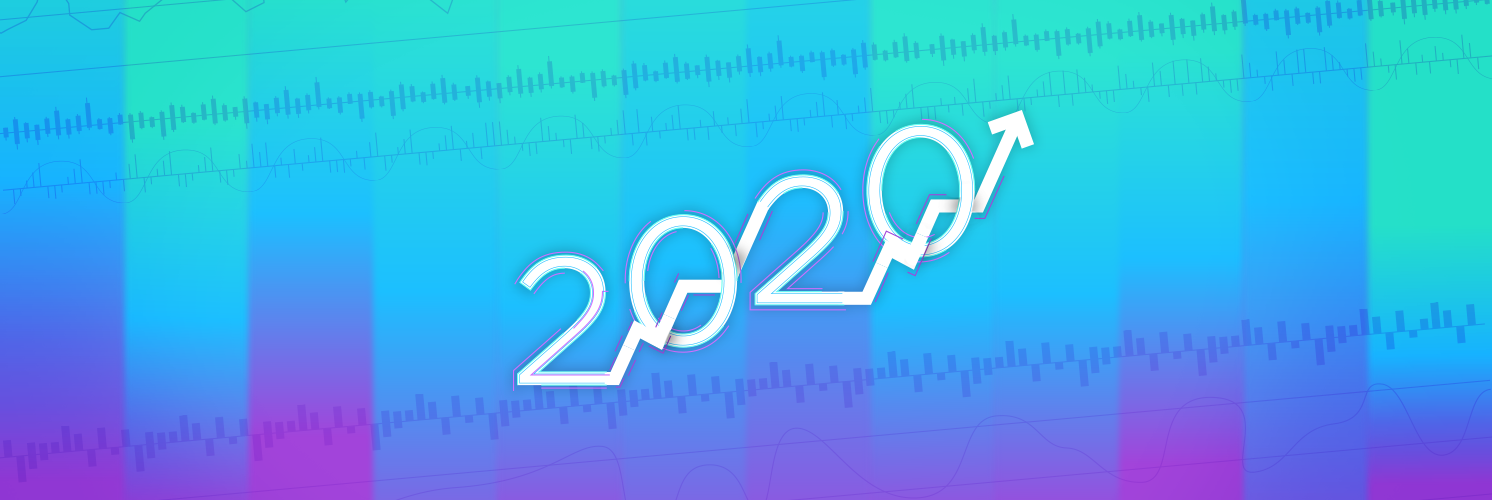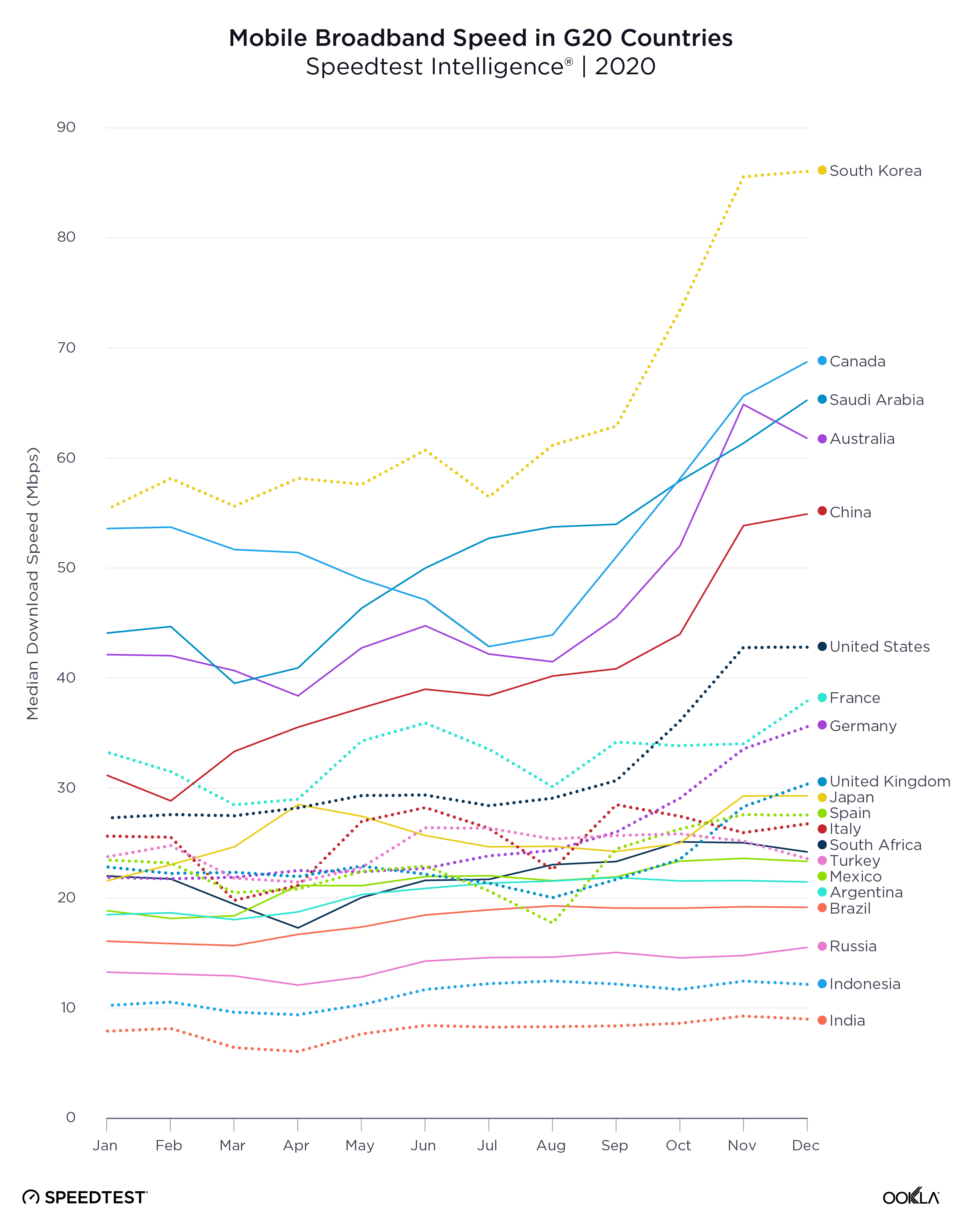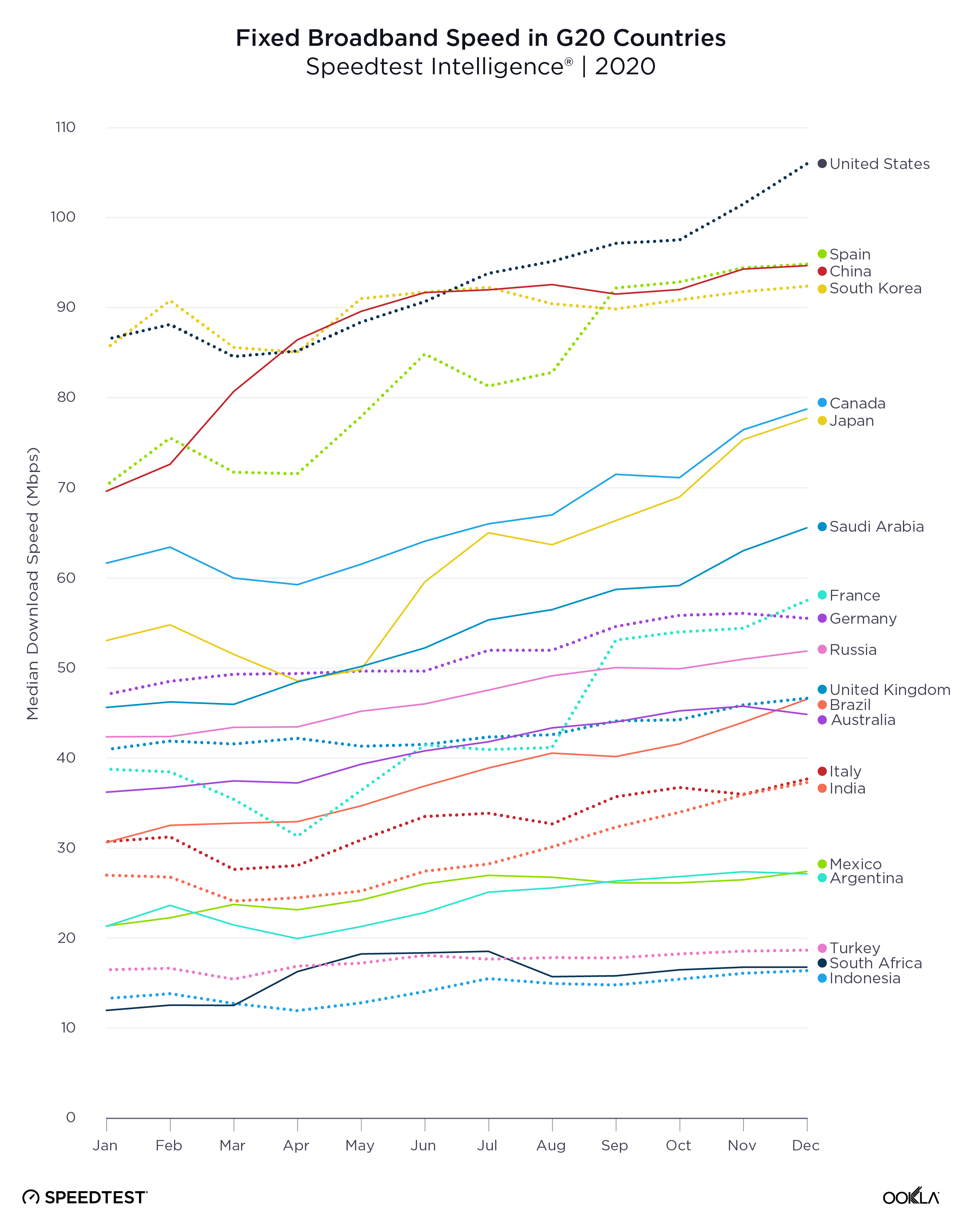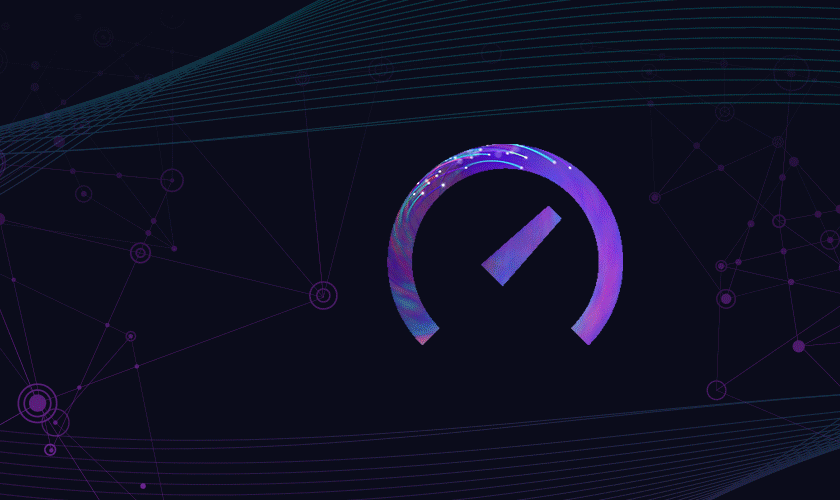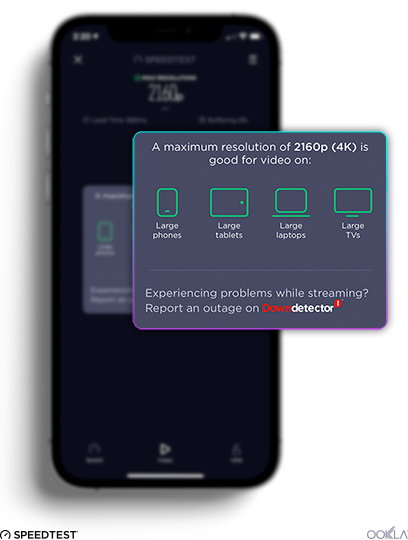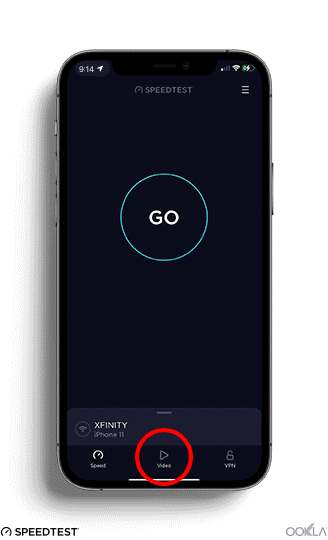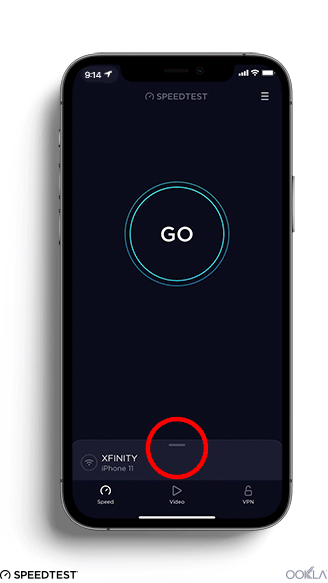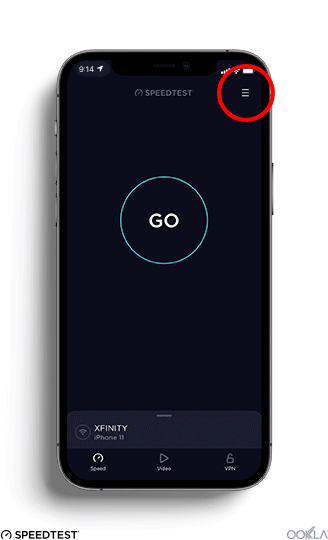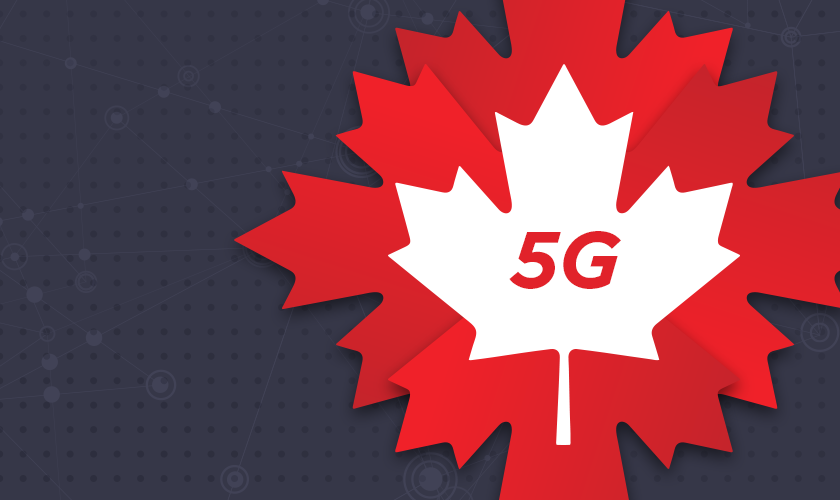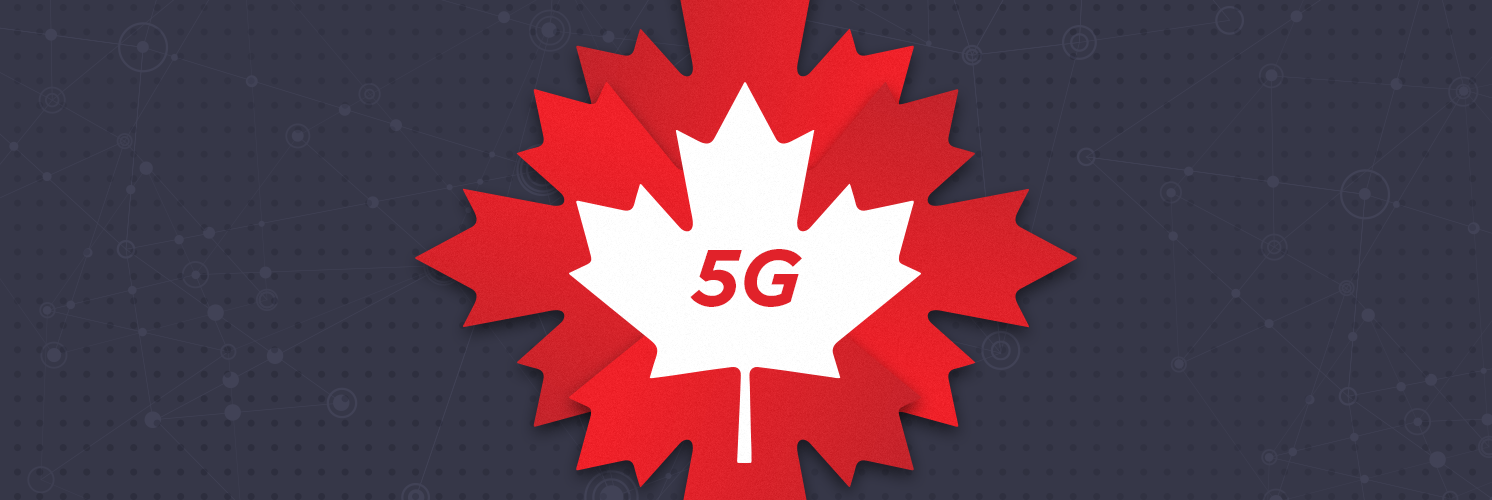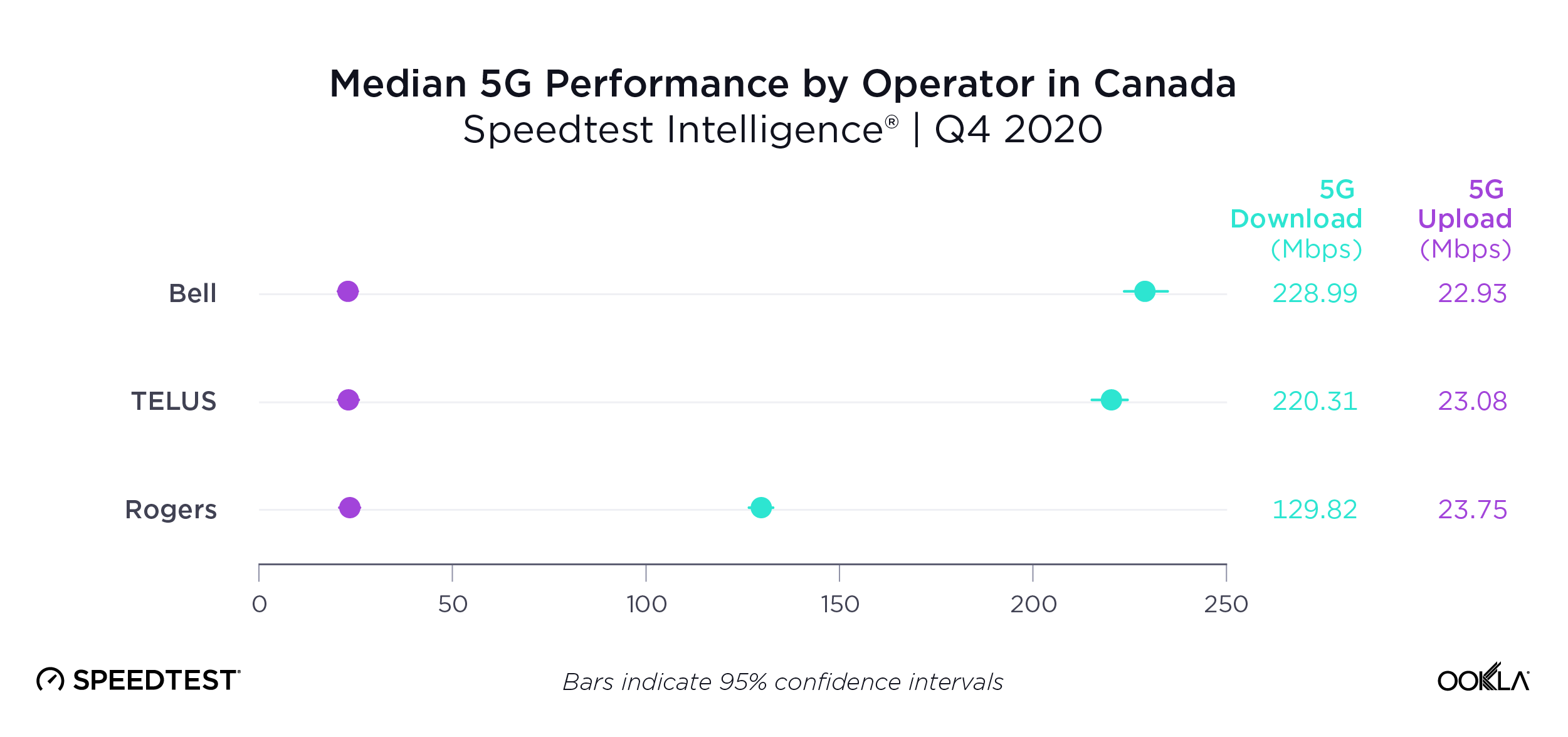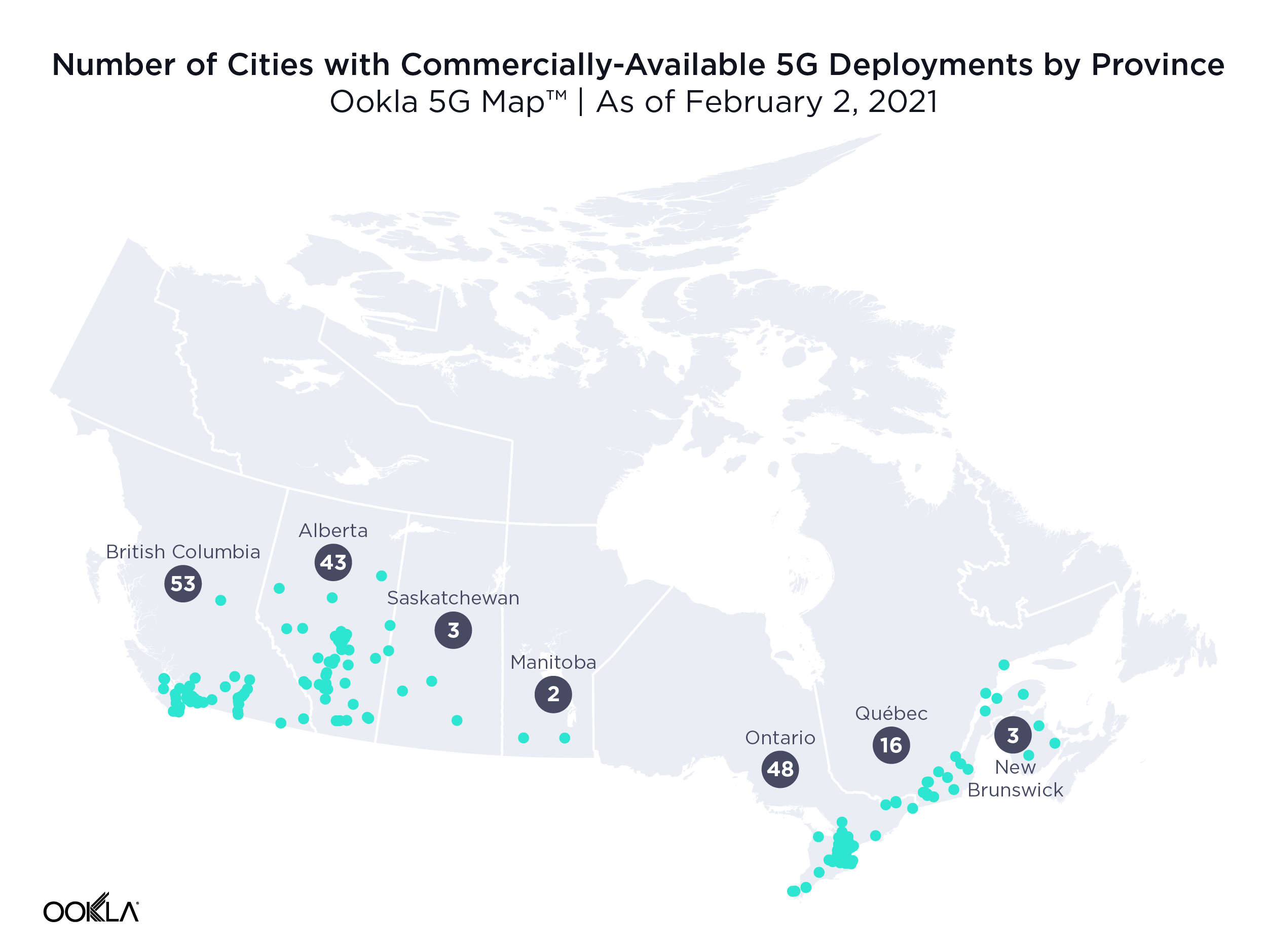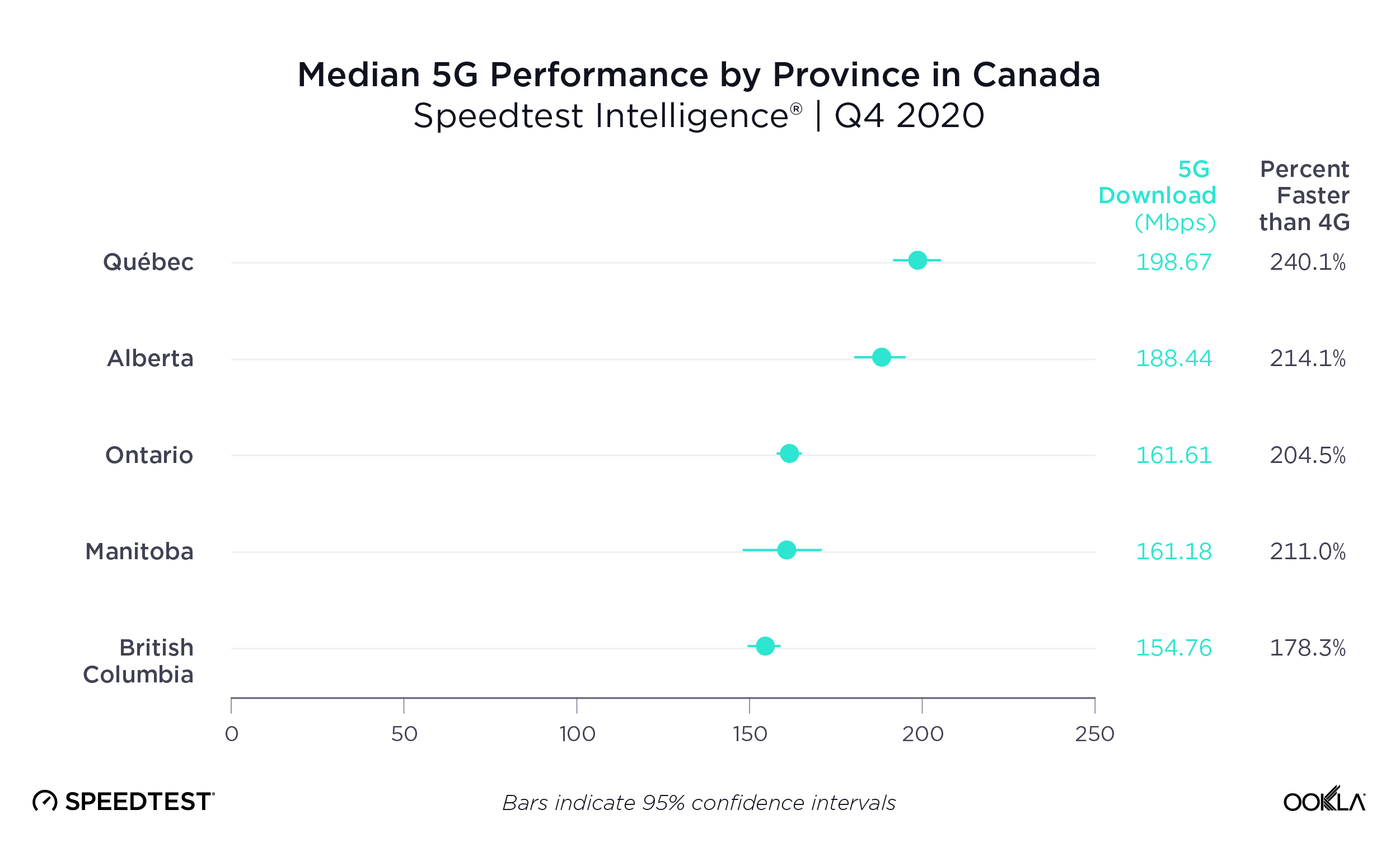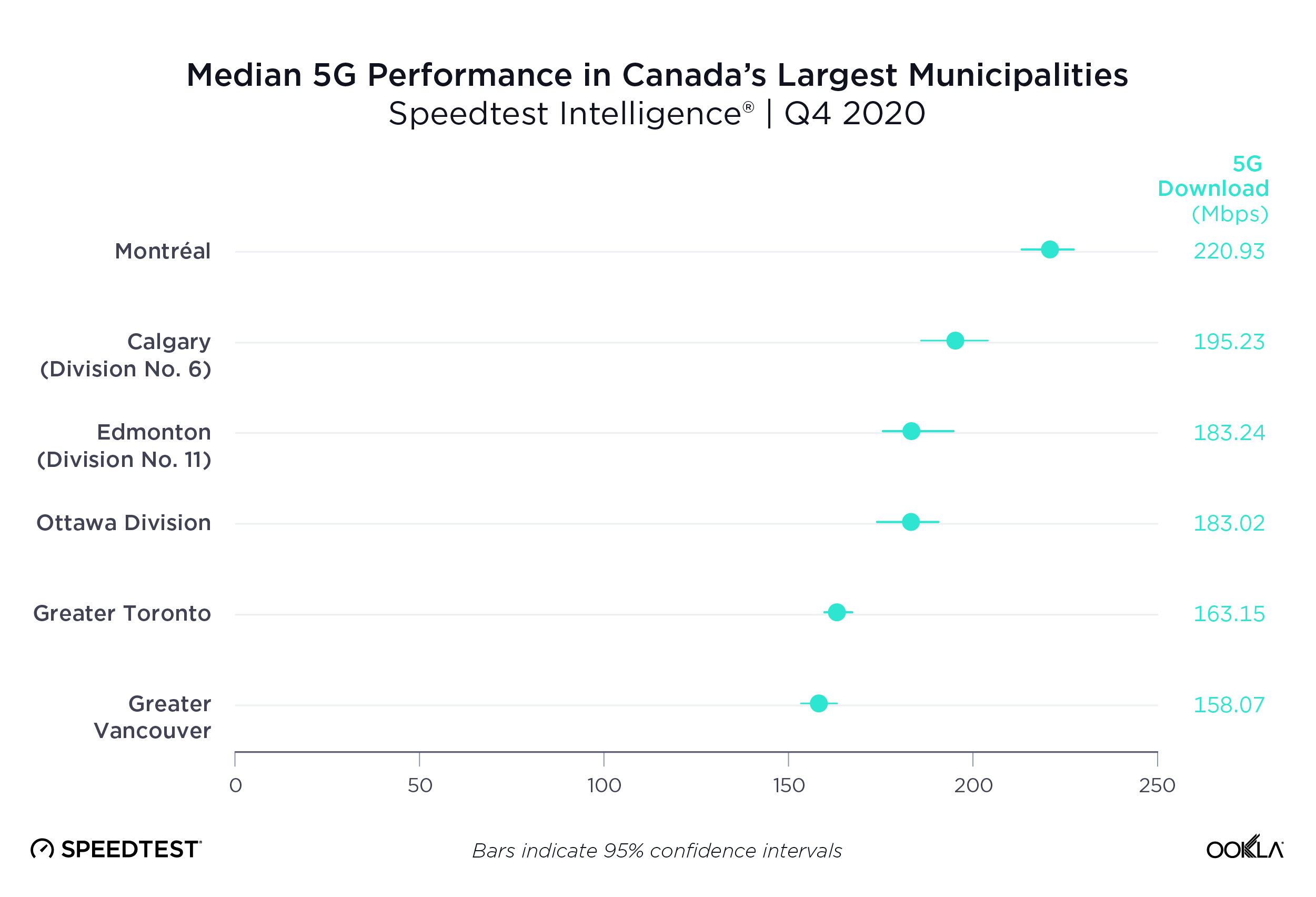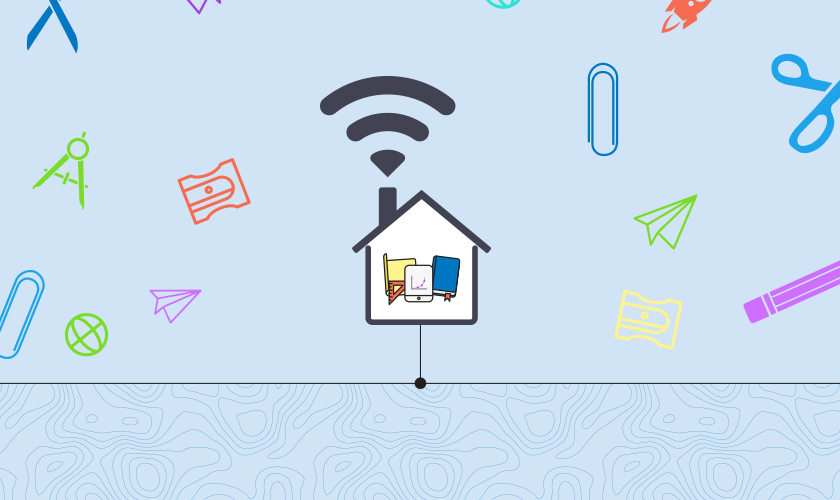

Autumn means back to school in the Northern Hemisphere, and this year many students’ classroom experience will be at least partially digital. This transition could place a major strain on network infrastructure both at schools and in homes, so we’ve gathered some information to help teachers, students and administrators stay virtually connected.
Internet speed matters
Video conference platforms like Zoom and Google Meet only work well when connected to adequately fast internet. Zoom suggests download and upload speeds of at least 3 Mbps for sending 1080p HD video. Google support documentation recommends having both upload and download speeds of at least 3.2 Mbps for group video meetings with multiple participants.
Take a Speedtest® to ensure that your download and upload speeds are at least 3 Mbps. If your connection is not delivering the speed you need, call your internet service provider.
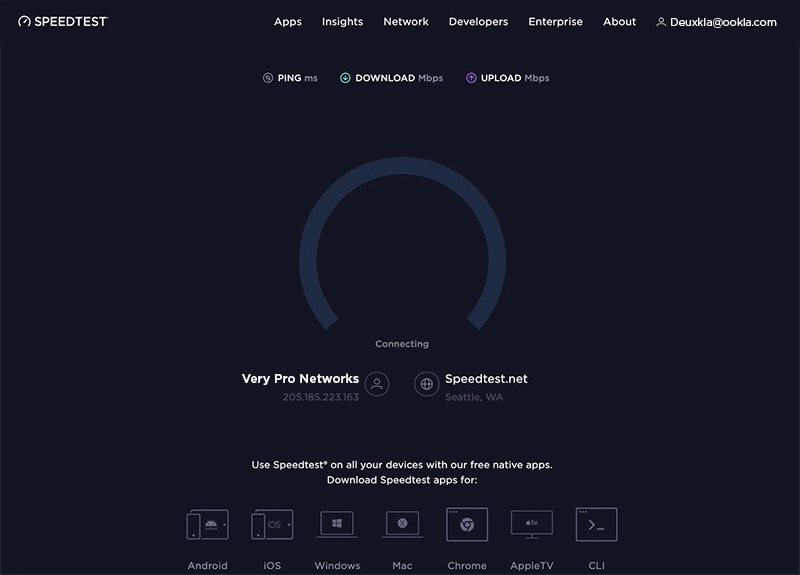
More users = less speed
Every new user you add to an internet connection places additional strain on the connection, potentially slowing it down. This is true if you’re a school administrator trying to support multiple teachers streaming from one building. It’s also true if you’re a parent trying to set up multiple remote classrooms in addition to a remote office for yourself.
When measuring the speed of your connection, try connecting all the users to your network at the same time and have them use the network in the way they normally would to see what the throughput really is.
Make sure your modem is up to date
Older modems can be a bottleneck when it comes to internet speeds. In general, if your modem is more than three years old, it might be time for an upgrade. If you’re using a cable modem, you’ll want to look for one that supports DOCSIS 3.1. A DOCSIS 3.1 modem is able to bond multiple frequency channels, offering faster speeds and a more reliable connection. If your ISP supports the technology, you can get even faster speeds by upgrading to a DOCSIS 4.0 modem, but this is not yet universally available.
Replace your modem if it’s more than three years old. Look for DOCSIS 3.1 if you’re upgrading a cable modem.
Wi-Fi can add to your woes
Your router could be slowing you down
Choose a router that supports 802.11ax (802.11ac if you want to drop the price point a bit). You’ll need an up-to-date computer to get the most power out of 802.11ax, but 802.11 is generally backwards compatible. That means you should get improved service with a modern router. Over the years, improved router standards have included wider channel bandwidth (up to 160 MHz), denser constellation and additional spatial streams over previous versions that can keep your Wi-Fi router from becoming a bottleneck.
Look for a router that supports 802.11ax (or at least the most up-to-date standard that your computer can handle).
More antennas mean more speed
The number of transmitting and receiving antenna elements directly affects the ability to extract and process multiple spatial streams out of a single transmission.
Check the number of antennas on your router. More = better.
Wi-Fi extenders can be problematic

As nice as it is to set up your classroom anywhere in the house or garden, Wi-Fi extenders are notorious for slowing down connections because everything you transmit over your network needs to be sent multiple times. If you cannot run enough wired connections for every user in your space, use traditional Wi-Fi extenders with caution.
Many of the challenges of bolting a Wi-Fi extender onto an existing network can be solved by replacing your existing Wi-Fi access point(s) with a mesh system. Place these devices around your home and they will automatically tune themselves to use the appropriate channels to ensure you are getting the best possible coverage. These mesh points generally use one channel to communicate back to the wired base station and an entirely different channel to communicate with your devices. This allows them to minimize potential interference, and automatically adjust coverage to best suit your needs.
Instead of using a traditional Wi-Fi extender, look to a Wi-Fi mesh system that can more intelligently select channels and route traffic.
Gigahertz matter
Many Wi-Fi setups let you choose between 2.4 GHz and 5 GHz. 2.4 GHz is best for connecting with older devices and when you want the farthest range possible. 5 GHz offers faster speeds and less interference, but it requires your devices to be closer, or have line of sight, to the base station. To get a better connection, especially if you’re using 2.4 GHz, move away from cordless phones, microwaves, baby monitors, Bluetooth devices, and anything that could be broadcasting a signal.
Choose 5 GHz if you’re close to the wireless access point and need speed or are worried about interference. Choose 2.4 GHz for older computers or devices that are farther away from the access point.
Is the service even working?
Like taking a deep breath, make sure to check Downdetector before assuming that your personal setup has failed if a class blinks out. Many online services will be tested in ways never before considered as everyone heads back to school, and outages will likely happen. Possible points of failure include the video conference software and your internet service provider, so use the Downdetector homepage (on your phone if needed) to check what’s down — before you start turning everything off and on again.
Check Downdetector before you assume the error is on your end.
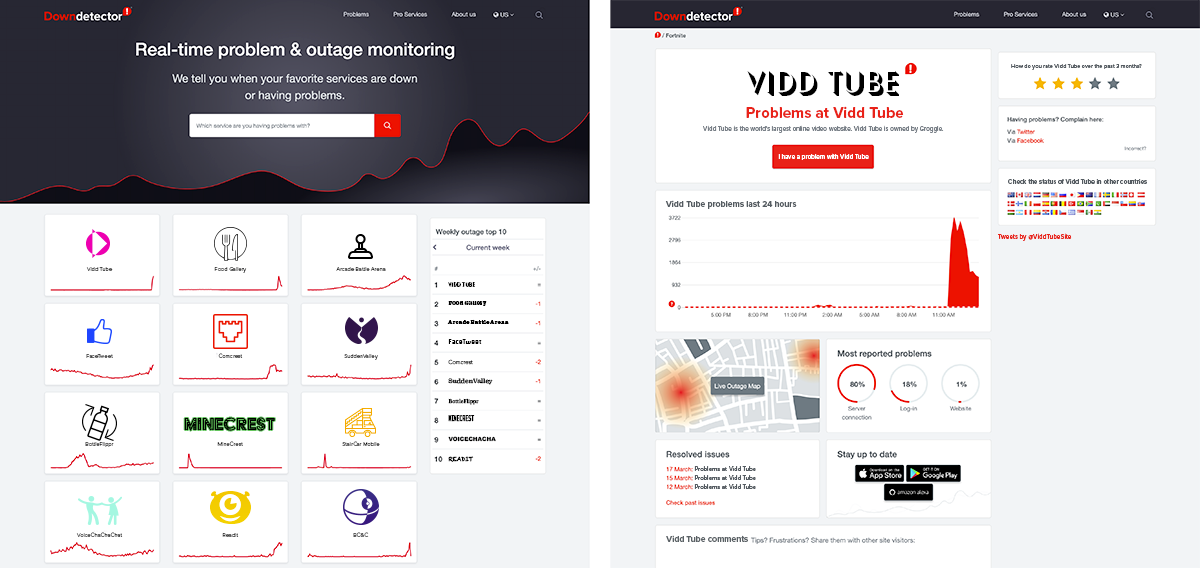
This year will be an adjustment as much as an adventure. We hope these tips can help you make the most of your virtual learning experience. For additional help with your remote setup, read this article.
Ookla retains ownership of this article including all of the intellectual property rights, data, content graphs and analysis. This article may not be quoted, reproduced, distributed or published for any commercial purpose without prior consent. Members of the press and others using the findings in this article for non-commercial purposes are welcome to publicly share and link to report information with attribution to Ookla.
About the Author

Isla McKetta
